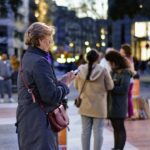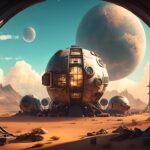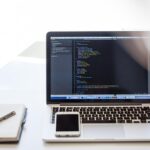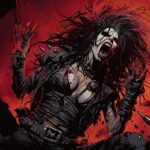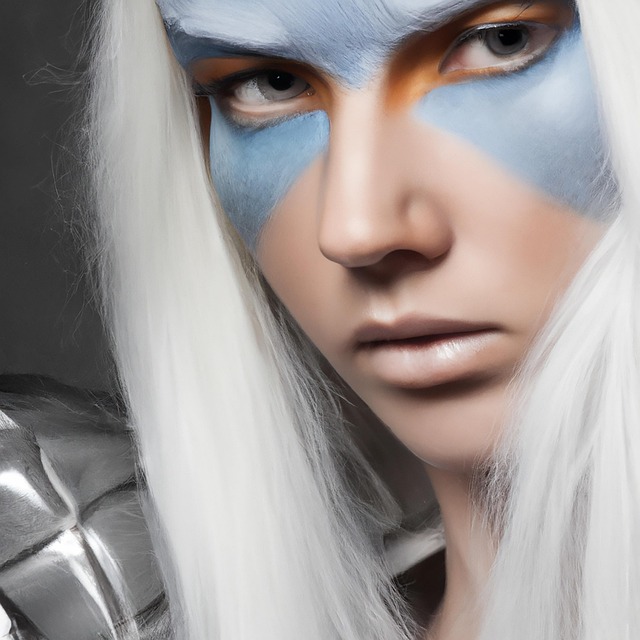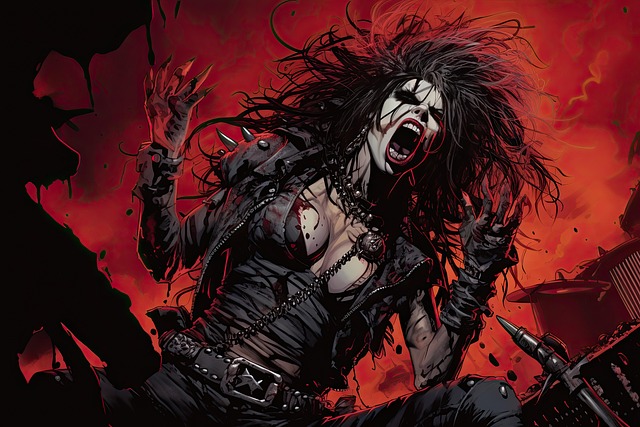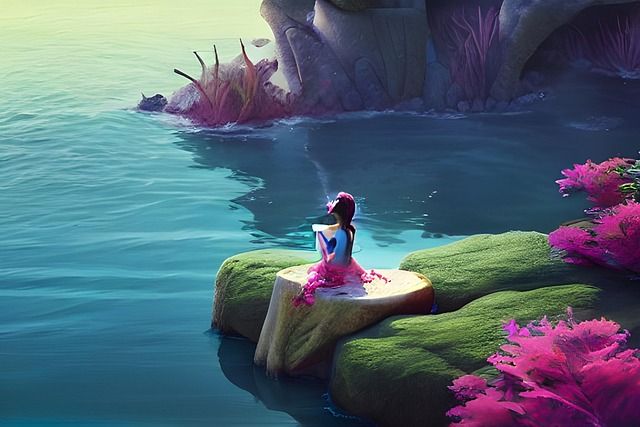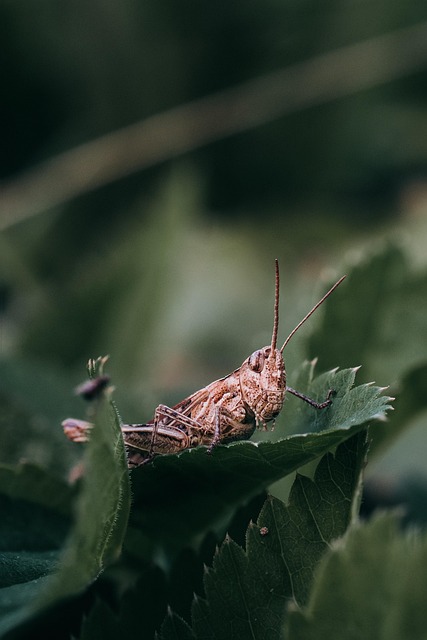# Discover the Best AI Tools for Artists to Enhance Their Work and Explore New Artistic Dimensions
The intersection of art and technology has long been a fertile ground for innovation, and in recent years, artificial intelligence (AI) has emerged as a transformative force in the creative sector. For artists, AI tools are not just a novelty; they are reshaping the way visual and digital art is created, offering new avenues for expression and efficiency. In this article, we’ll explore some of the best AI tools for artists, including DALL·E, Midjourney, Stable Diffusion, Runway ML, and Adobe Firefly, and how they assist with digital illustration, concept art, video generation, and design work.
## The Rise of AI in Art
AI is revolutionizing the art world by providing artists with advanced tools that enhance creativity and streamline workflows. These generative art tools can produce stunning visuals, assist in brainstorming concepts, and even generate video content, allowing artists to explore new dimensions in their work. Here are some of the most notable AI tools currently making waves in the creative community.
### 1. DALL·E: Transforming Text into Art
DALL·E, developed by OpenAI, is an AI model that generates images from textual descriptions. This tool has garnered attention for its ability to create unique and imaginative visuals based on simple prompts.
– **How it works**: Users input a descriptive phrase, and DALL·E generates corresponding images, often with surprising and creative interpretations.
– **Use case**: For instance, an artist looking to visualize a “two-headed flamingo wearing a monocle” can simply type that prompt, and DALL·E will produce multiple images based on that description.
Artists like Claire Silver have utilized DALL·E to create distinctive pieces that blend human creativity with machine learning, showcasing how AI can serve as a collaborative partner rather than a replacement.
### 2. Midjourney: A New Frontier in Digital Art
Midjourney is another powerful AI tool that focuses on generating high-quality images from textual prompts. It operates primarily through a Discord server, making it accessible to a wide range of users.
– **Key features**:
– **Community-driven**: Users can share their creations and collaborate on projects.
– **Customization**: Artists can tweak parameters to influence the style and composition of the generated images.
Midjourney has been embraced by artists looking to push the boundaries of their creativity. For example, graphic designer and illustrator, Jason Allen, used Midjourney to create an award-winning piece at the Colorado State Fair, sparking debates about the role of AI in art competitions.
### 3. Stable Diffusion: Open-Source Creativity
Stable Diffusion is an open-source AI model that allows users to generate images from text prompts. Its versatility and accessibility have made it a favorite among digital artists and developers alike.
– **Benefits**:
– **Customization**: Artists can fine-tune models to cater to their specific artistic styles.
– **Community support**: A strong community provides resources, tutorials, and shared experiences, making it easier for newcomers to get started.
Artists like Aidan O’Rourke have leveraged Stable Diffusion to create vibrant and surreal landscapes, showcasing its potential for both personal projects and commercial work.
### 4. Runway ML: Video Generation and Beyond
Runway ML is a comprehensive platform that goes beyond image generation, offering tools for video editing and production using AI. It allows artists to create visually stunning content with ease.
– **Features**:
– **Real-time collaboration**: Teams can work together seamlessly, making it an excellent choice for creative professionals.
– **AI-powered tools**: From background removal to style transfer, Runway ML provides an array of functionalities that enhance the creative process.
Filmmakers and content creators, such as the team behind the short film “The Last Goodbye,” have used Runway ML to incorporate AI-generated visuals, demonstrating how AI can elevate storytelling through innovative visual effects.
### 5. Adobe Firefly: The Future of Design
Adobe Firefly is Adobe’s foray into the generative AI space, designed to streamline the creative process for designers and artists. It integrates with Adobe’s existing suite of products, providing a familiar interface for users.
– **Capabilities**:
– **Text effects**: Generate unique typography and graphics based on user prompts.
– **Image generation**: Create visuals that can be directly used in Adobe applications like Photoshop and Illustrator.
Graphic designer and Adobe Ambassador, Jessica Walsh, has praised Firefly for its potential to enhance design workflows, allowing artists to focus more on creativity rather than technical execution.
## How AI Tools Enhance Artistic Workflows
The integration of AI tools into the artistic process provides several advantages:
– **Increased Efficiency**: Artists can generate concepts and visuals in minutes, speeding up the creative process.
– **Enhanced Creativity**: AI can offer unexpected results, pushing artists to explore new styles and ideas.
– **Collaboration**: Tools like Midjourney and Runway ML foster a sense of community, allowing artists to share and build upon each other’s work.
## Real-World Examples of AI in Action
– **Concept Art**: Artists can use DALL·E or Midjourney to generate multiple concept art pieces quickly, allowing for rapid iteration and exploration of ideas.
– **Illustration**: Illustrators can combine their unique styles with AI-generated elements to create hybrid works that stand out in the crowded digital landscape.
– **Video Content**: Filmmakers can utilize Runway ML for effects and editing, enabling them to create high-quality videos without extensive technical knowledge.
## Conclusion: The Future of AI in Creative Fields
As AI continues to advance, the potential for artists to enhance their work and explore new artistic dimensions is limitless. Tools like DALL·E, Midjourney, Stable Diffusion, Runway ML, and Adobe Firefly are not just trends; they represent a fundamental shift in how art is created and perceived.
The future of AI in creative fields looks promising, with endless possibilities for collaboration between humans and machines. As artists embrace these tools, we can expect to see a new wave of innovation that challenges traditional notions of creativity and authorship. The integration of AI into the artistic process is not just a passing phase; it is a profound evolution that will shape the landscape of art for years to come.
By leveraging AI tools for artists, creatives can unlock new potentials, pushing the boundaries of what is possible in digital art and design. The journey into this new frontier is just beginning, and the possibilities are as vast as the imagination itself.

